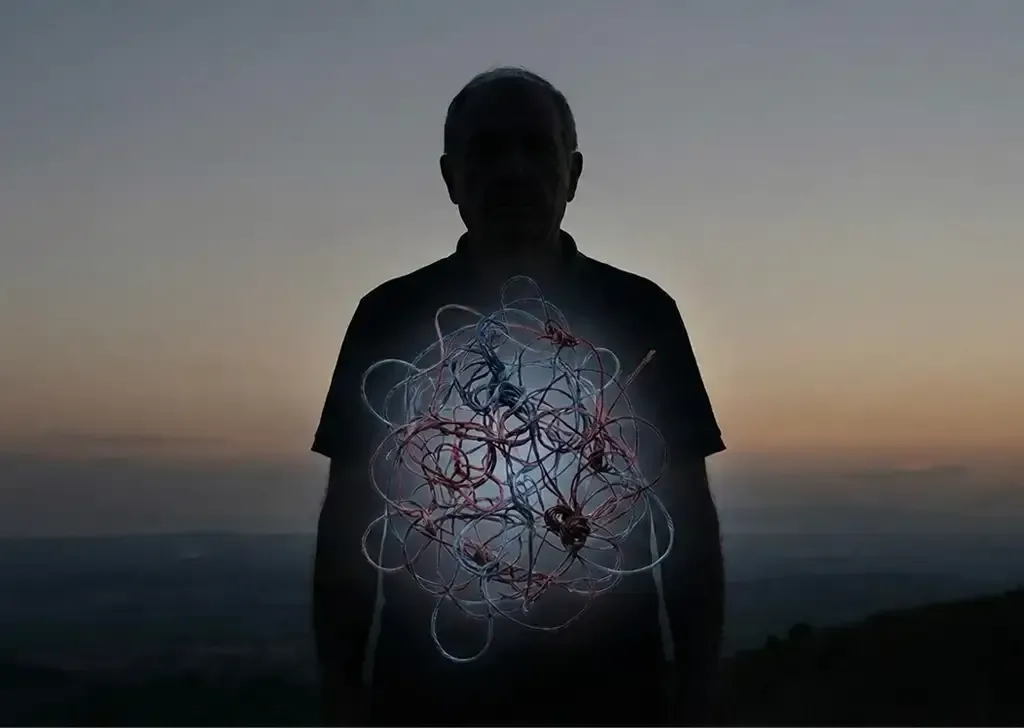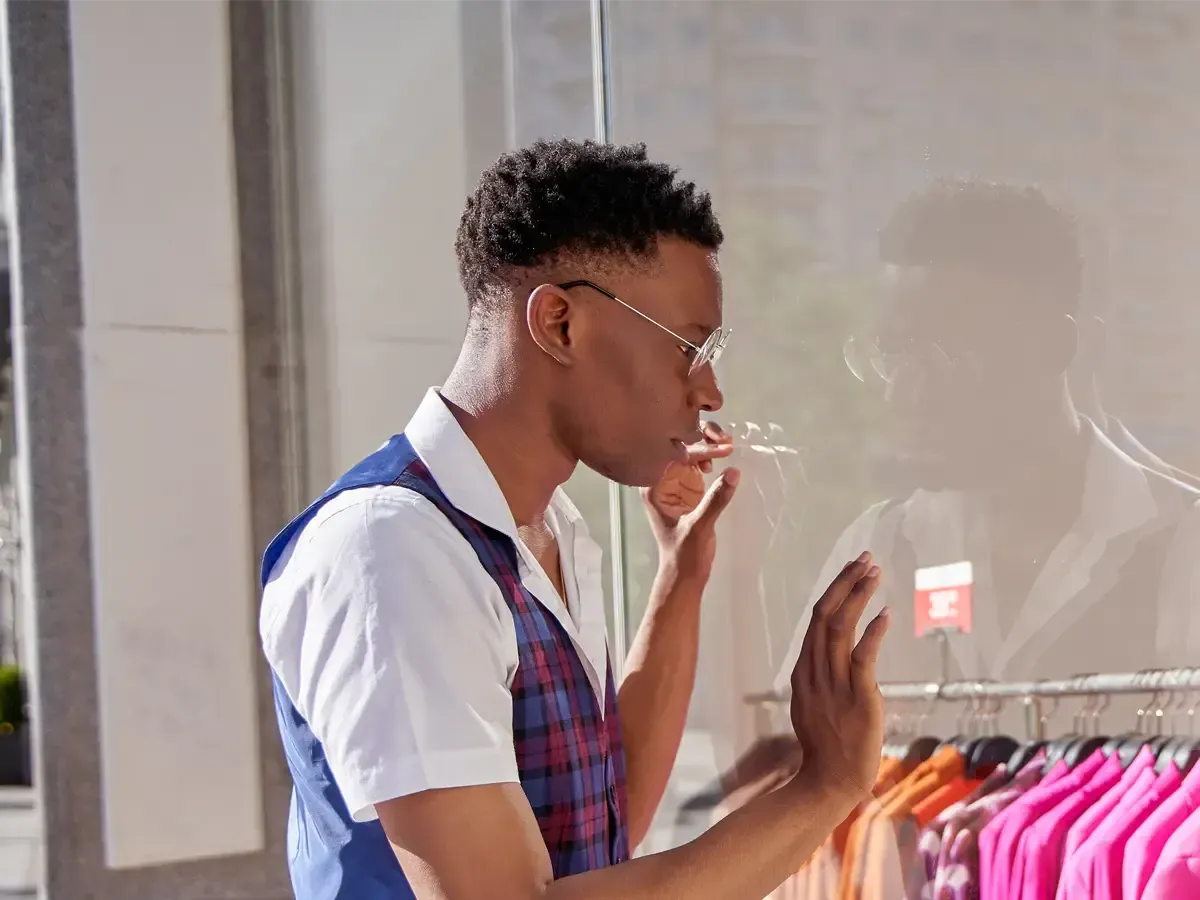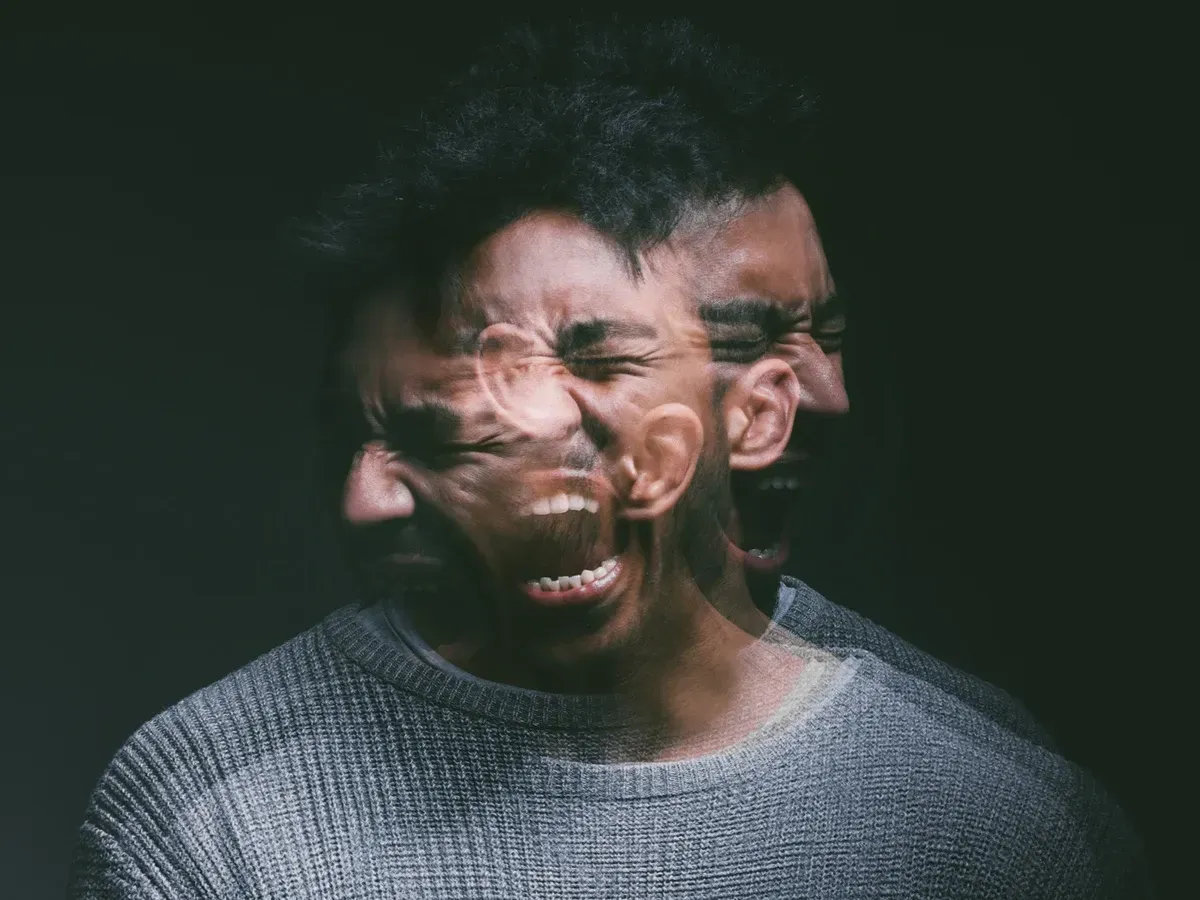What Social Media Is Teaching Us About Mental Health - and What’s Actually True

Recent Posts
If you want to know how people are learning about mental health these days, you don’t have to look far — just open TikTok or Instagram. Search “trauma,” “ADHD,” or “healing,” and you’ll find thousands of videos with millions of views. On the surface, it’s incredible that we’re talking about emotions and mental health so openly. But beneath that, there’s a growing problem: everything is starting to sound like a diagnosis.
Whether it’s teens, young adults, or full-grown adults scrolling on lunch breaks, I see the same pattern — people walking into therapy convinced they have anxiety, ADHD, attachment issues, or trauma because of something they saw online. And while those struggles are absolutely real for many, the internet often flattens complex experiences into simple, catchy labels.
💬 The Upside: We’re Talking About Mental Health
Let’s start with the good.
Ten or fifteen years ago, most people didn’t have the language to talk about what they were feeling. Now, thanks to social media, they do. People can describe panic attacks, name intrusive thoughts, and recognize patterns like people-pleasing or avoidance.
That’s real progress.
Research shows that open dialogue about mental health reduces stigma and increases help-seeking behavior (Rüsch et al., 2011; Gulliver et al., 2010). In that sense, TikTok and similar platforms have become public awareness tools — places where people can realize, “Hey, I’m not the only one who feels this way.”
Social media has also made expert voices more accessible. Many of the world’s top therapists and psychologists now share mental health insights in real time - offering strategies and tools that people might not otherwise have access to.
But awareness is only the first step. What’s missing is context.
⚠ The Downside: When Everything Becomes a Disorder
Somewhere along the way, the internet blurred the line between “relatable” and “pathological.”
Having trouble focusing for a week? You probably have ADHD.
Feeling sad after a breakup? That’s depression.
Struggling to trust after being hurt? You have attachment trauma.
The truth is, not every difficult feeling or behavior pattern is a disorder.
It’s part of being human.
Over-pathologizing - turning normal emotions and stress responses into signs of mental illness - can actually make things worse. Studies show that when people label everyday challenges as disorders, it can reduce resilience and increase distress (Horwitz, 2011; Furedi, 2004). In other words, calling every rough day “trauma” doesn’t help us heal - it keeps us stuck in the belief that something is “wrong” with us.
And while there are licensed clinicians offering accurate, compassionate information online, there are just as many influencers (and everyday users) tossing around therapy buzzwords they don’t fully understand. The result? Misinformation that can actually do harm.
It’s worth remembering: much of what’s posted online is designed to grab attentio - not to guide your individual growth or well-being.
📱 Why This Happens on TikTok (and Everywhere Else)
Social media thrives on content that makes us feel seen. The videos that go viral are the ones that spark recognition - the ones that make you think, “That’s me.”
But relatability doesn’t equal accuracy.
Psychology is nuanced. Symptoms overlap. Context matters. And mental health can’t be captured in a 15-second checklist..
It’s easy to over-identify with the things we see online - especially when that’s exactly what the content is designed to make us do. Without depth or nuance, we risk reducing our experiences to oversimplified categories and losing sight of what makes us complex, resilient, and human.
🧩 The Real Work: From Labels to Understanding
When clients come into therapy saying, “I think I have trauma,” or “I might have ADHD,” I don’t dismiss it - but I do slow it down. Together, we explore where those ideas came from, what resonates about them, and what else might be going on.”
Sometimes, the label fits. Other times, it turns out what they’re feeling is stress, grief, perfectionism, or just the normal ups and downs of being human.
Therapy gives space to explore why we feel the way we do - instead of jumping to what label we fit under.
💡 What I Tell Clients
You don’t have to stop watching mental health content — there’s good information out there. But keep these things in mind:
1. Feeling seen isn’t the same as being diagnosed.
Just because something resonates doesn’t mean it applies clinically.
2. Emotions aren’t disorders.
Anxiety, sadness, anger - they all serve a purpose. The goal isn’t always to “fix” them, but to understand them.
3. Social media is a starting point, not a substitute.
It can build awareness, but real understanding happens in conversation, reflection, and (often) therapy.
❤ Final Thoughts Final Thoughts
We don’t need to label every feeling to validate it.
Sometimes being human means being uncomfortable, uncertain, or overwhelmed - and that’s okay.”
If you’re feeling lost in the flood of online mental health advice, therapy can help you sort through what’s real, what’s exaggerated, and what actually needs care.
Healing isn’t about collecting labels. It’s about understanding yourself with compassion and nuance - something no algorithm can offer.
🔍 References
Rüsch, N., Angermeyer, M. C., & Corrigan, P. W. (2011). Mental illness stigma:
Concepts, consequences, and initiatives to reduce stigma. European Psychiatry, 20(8), 529–539.”
Gulliver, A., Griffiths, K. M., & Christensen, H. (2010). Perceived barriers and
facilitators to mental health help-seeking in young people: A systematic review. BMC
Psychiatry, 10, 113.
Horwitz, A. V. (2011). Creating mental illness. University of Chicago Press.
Furedi, F. (2004). Therapy culture: Cultivating vulnerability in an uncertain age.
Routledge.










